What is the Lasting Impact of High Quality Project-Based Learning? | Ryan Sprott, Annah Sanchez, Daniela Hernandez, and Bianca Garza
Key Points
-
Project-based learning fosters deep engagement and transformation by immersing students in real-world issues, enhancing empathy and critical thinking.
-
Educators and students can both grow through shared learning experiences, breaking traditional classroom hierarchies and fostering mutual respect.
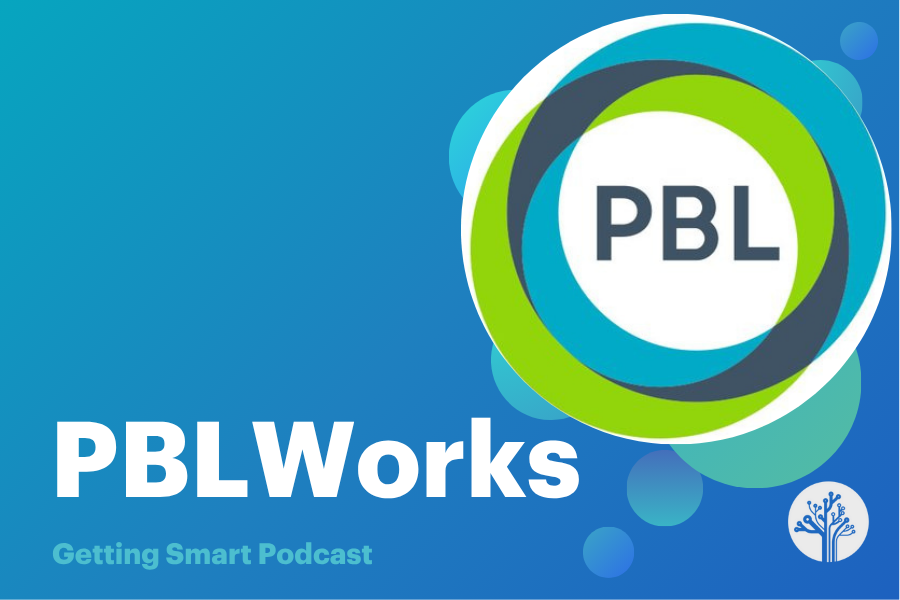
In the latest episode of the Getting Smart Podcast, we dive into the transformative power of project-based learning (PBL) through the lens of the Border Lands project. Hosted by Shawnee Caruthers, this episode features insightful conversations with Ryan Sprott, an educator and PBL advocate, alongside former students Annah Sanchez, Daniela Hernandez, and Bianca Garza. Together, they explore how immersive learning experiences at the US-Mexico border shaped their understanding of complex social issues and fostered personal growth. The guests reflect on the profound impact of engaging directly with real-world challenges, emphasizing the importance of empathy, active listening, and critical thinking. This episode highlights the urgency of PBL in today’s education landscape, advocating for its role in preparing students for the complexities of modern society. Tune in to hear how these experiences continue to influence their lives and why PBL is crucial for fostering a more equitable and interconnected world.
Outline
- (00:00) Introduction and Personal Reflection
- (04:24) The Power and Impact of PBL
- (09:47) Student Reflections: Initial Understanding of the Border
- (16:21) Profound Moments and Personal Growth
- (23:55) Skills and Lessons Learned
- (31:57) The Art Component and Overcoming Challenges
- (38:08) Final Reflections and Advice
- (46:45) Current Students Experiences
Introduction and Personal Reflection
Shawnee Caruthers: Welcome, everyone. I’m Shawnee Caruthers, and I’m so grateful to be in this conversation today. If I’m being honest, this one feels personal. Several years ago, I stood at the U.S.-Mexico Border Wall as part of the Equity Fellows program. It wasn’t my first time hearing about immigration, displacement, or policy, but it was my first time standing in the dust, looking through the steel, and feeling the weight of stories on both sides.
At that moment, I wasn’t thinking about systems or politics. I was thinking about people, humanity, and what it means to truly support one another. That experience stays with me. It reminds me that real learning, the kind that transforms us, doesn’t happen in neat roles. It happens when we cross thresholds, sit with discomfort, and meet people eye to eye.
That’s why this conversation matters so much.
Introducing the Guests and Project-Based Learning
Shawnee Caruthers: Today we’re joined by Ryan Sprott, educator, author, and director of national faculty at PBL Works, along with three powerful voices: Annah Sanchez, Daniela Hernandez, and Bianca Garza. Together, they’re living proof of the enduring power of project-based learning.
Nearly a decade ago, they stepped outside a traditional classroom to engage in an immersive project at the border, exploring the real stories of migration, justice, and community. That project became more than a grade; it became a lens for life. So today we’re revisiting that project Borderland to explore what happens when students don’t just study issues; they live them.
We’ll talk about what they saw, how it changed them, and why that kind of learning is more urgent than ever, and they’re doing it all while modeling the enduring power of project-based learning. Let’s get into it.
How did you, Ryan, discover PBL as an educator?
Ryan Sprott: Kind of out of necessity, I didn’t know that I was doing PBL, and I really wasn’t doing it very well when I started as a teacher. But I was working in rural West Texas, in the middle of the oil fields, in the Permian Basin, and I was working with my first class, which was a group of boys that had been separated from mainstream math instruction for one reason or another.
A lot of those boys were 10th, 11th, and 12th graders, and they had experienced a lack of success in school for many, many years. So anything that I tried that kind of smacked of conventional education wasn’t going very well. These boys also, a lot of them, were working good jobs after school, on the weekends, and in the summer, working on machinery worth half a million dollars and providing for their families.
I was searching for something that would be engaging and respectful to them. I thought, how can I tie in what they already know and the great stuff they’re doing outside the classroom into the classroom? I tried little “projects” just to have some sort of real-world connection and authenticity. They didn’t go well, but they were better than just trying to go straight from the textbook or a conventional approach. I think the students at least appreciated my effort in trying to make it work. That’s how I started. I moved to a school called the International School of the Americas in San Antonio, Texas, where I was first introduced to the Buck Institute for Education, which is what PBL Works used to refer to ourselves as. I was introduced to the rubrics, and our principal would lead our meetings, where we would dive in, collaborate, share ideas, and build projects that way. Still not super effective as a beginning teacher since I didn’t have a strong teaching background, but with feedback from teachers and students, I eventually moved further in my journey of being a PBL teacher.
Shawnee Caruthers: Yeah.
The Power and Impact of PBL
Shawnee Caruthers: Just looking at how it unfolded specifically in the Borderland project, it shows that there’s true power in that way of teaching. What is the power of PBL for you? When you jump into those projects, whether it’s the math project that wasn’t as successful or the Borderland project that felt more successful, how are you changed as an educator?
Ryan Sprott: Those are great questions. I think the power of PBL has a couple of things. One is that it’s a pathway that can reach all students. For example, in the oil field where I was working, a lot of those students were furthest from opportunity in the school in many ways. It was a conduit to be more attached to the school and academic growth. I’ve taught students who have figured out school; they’ve kind of hacked the game. Project-based learning can support and challenge them in a new way. Conventional approaches to education don’t build the things we really need students to develop, like empathy, grappling with real complexity, and making connections to the real world. Project-based learning is a pedagogical framework that allows us to focus on skills we’re not necessarily going to build on in just a testing environment. The pedagogical imperative of a learning experience is everything when we’re talking about how to set up understanding across people, between teachers and students. If our pedagogical imperative is to move students efficiently to standardized outcomes, we kind of stay in these same roles and remain the same person. But project-based learning opens opportunities to be vulnerable, to learn alongside students, to learn with them, and to engage in the world in ways we haven’t even expected or imagined. Project-based learning has changed me as a person because I’ve been able to enrich my life through gaining the perspectives of my students.
Shawnee Caruthers: Yeah, and you, Ryan, in addition to all the gifts you just spoke of, what a gift PBL has been for you, your teaching, and learning, but you’ve also been given a gift in that you now, almost 10 years later, are able to see the impact of teaching or a project. Whereas in a lot of classrooms, teachers do amazing work every day but don’t necessarily get to see how it all plays out in real life. What would you say to other educators who might feel that way, who know they’re doing wonderful things in the classroom but don’t always know if it lands? Because you’ve been able to see the other side of it, what would you say to those educators to continue to encourage them to do the good work?
Ryan Sprott: It has been a gift. It was an amazing gift to connect with the students and see how things resonate. During that time, I didn’t necessarily know that. I would say to take risks, take a risk that’s appropriate for you and your context, but push yourself into spaces of discomfort. As you’ll hear the students talk about, that was a theme that came across as growing in the ability to be uncomfortable and be okay with it. I think teachers can model that, and it’s really powerful to model that. I would suggest teachers do that. If you’re in a space and an educator, and you can tell a system is not serving students well, find a sliver where another approach can be taken—a practice of freedom where you’re listening to students in new ways and engaging with them in new ways. Keep pushing on that sliver and open it, whether it’s in your curriculum or outside the school day in the periphery of school, but find those spaces and push towards a more humanizing education, something that really meets our students’ needs.
Shawnee Caruthers: Thank you, Ryan, for sharing all of this great information with us, especially the power of project-based learning. Now, let’s turn to the learners to see what that looks like in action.
Daniella, Annah, Bianca, welcome to the Getting Smart Podcast.
Annah Sanchez: Thank you for having me.
Shawnee Caruthers: Yeah.
Daniela Hernandez: Thanks for having us.
Shawnee Caruthers: Absolutely. I said before we started that we’re truly covering the globe, and I know you all really dove deep into global issues through this project, and we’re really excited to learn more.
Student Reflections: Initial Understanding of the Border
Shawnee Caruthers: Before this project, what was your understanding of the U.S.-Mexico border and migration, and how did being physically present in the border region dramatically shift that perspective?
Bianca Garza: Sure. I’m still trying to accept the fact that you said almost 10 years ago, honestly, but yeah, almost 10 years ago before the project, my understanding of the U.S.-Mexico border and really a lot of policies regarding the border were very limited. When this project was kicking off, I was freshly 18, and it was my first year that I was going to be able to vote. At the time, border policies and lots of rhetoric around those topics were at a national level, really on a global level and absolutely at a local level here in San Antonio and in Texas. While that’s pretty much always the case during election years and campaign-heavy years, for me, that year really meant something a little bit different. It was the first year that I was able to vote and the first year that I felt almost like a sense of duty to better understand the things I was hearing around me, whether it was from my friends or students, my parents, or in the media. So it was a learning process for sure. It felt like a whole new world, or it felt like it meant more than just an opinion about some abstract concept. Being present at the border did shift my perspective even more. It made it a lot more real. Suddenly, it wasn’t just a line on a map, and they weren’t just people we were reading about or watching videos about or writing reports about. It was their life. It was a very enlightening experience.
Shawnee Caruthers: Yeah. Daniella, was your experience similar, or did you have a different perspective?
Daniela Hernandez: Yeah, it was a little different. But for me, the border was always something very real and personal. We would often visit the border to see family in Mexico, spending summers traveling to Laredo and crossing over to Nuevo Laredo. I had that personal experience. But doing this in an academic setting was different because it’s not something normally taught in schools or something you really learn about. Being able to be in an academic setting, learning about migration, border policies, and how that’s shifted over the years while incorporating my lived experiences and family history was special. It was also cool witnessing my classmates either experience it for the first time or having similar experiences to mine. Blending all that together, while having Dr. Sprott and Jason lead us through that experience, was something I appreciated. They were both very upfront about their identities and how that shifted the dynamic.
Shawnee Caruthers: Yeah, and Annah, some of the things Bianca and Daniella are talking about are the realness of the experience. You’re sitting in Mexico right now, so you’re still feeling all of that. What was your experience with this project?
Annah Sanchez: Yeah, for sure. I had a similar combined experience of the both of them. To me, the border was part of family storytelling. My dad would talk about going to Brownsville to visit his grandmother, and they would cross back and forth all the time. So to me, the border was tied to family stories, and there’s an entire literary movement around frontera stories. But going there, seeing the reality, it was real and emotionally real to me when I was a kid. But being there, understanding how I interact with structures that affect my family, my peers, and myself, was culminating for me as a person. The terms are fraught, but it was more about how do I interact with these structures that still affect me and my family.
Shawnee Caruthers: It makes total sense. I love that you referenced storytelling. At Getting Smart, we truly believe in the power of storytelling and amplifying students’ voices to help them show up differently in all spaces, especially educational spaces. Daniella, when you heard different stories or lived them, how did that help you build your confidence and sense of belonging? Did it make you want to show up differently in classes?
Daniela Hernandez: Yeah, I think the different components of Borderland engaged me differently or made me engage differently as a student. It showed up in my other classes and still does in me as a professional. We had assignments about oral histories and interviews with different folks, bringing together the products I did and hearing what my peers were collecting brought the course together. We couldn’t always be together, but bringing it to a culminating space was nice.
Shawnee Caruthers: Yeah, and I know there were many moments you all experienced that had a profound impact on your life.
Profound Moments and Personal Growth
Shawnee Caruthers: There are moments you all may still think about today. Bianca, can you recall a specific moment during the project that had that kind of impact on you, and what made it so powerful?
Bianca Garza: There were several moments. The ones that stick out the most are when we went to the Santa Ana Wildlife Refuge and stood there. It was beautiful, and then you get to the edge of the Rio Grande, looking at Mexico, realizing it looks exactly like where I’m standing. The concept of a border and the ways we learned about it came to a head. It wasn’t just a line on a map, and that realization was enlightening. Working with the South Texas Human Rights Center, setting out water for people crossing the border regardless of documentation status, and realizing those efforts could be vandalized was surreal. It made me understand the gravity of the things we were learning about.
Shawnee Caruthers: Yeah, I just wanted to pause for a moment to let it sit because that’s really heavy. It’s a powerful reminder that when you experience something, it’s not always joyful. Reflection is a journey. Annah, thinking about your journey, what were some profound moments for you?
Annah Sanchez: I’m glad Bianca brought up the South Texas Human Rights Center because that kind of violence inflicted on water is unfathomable to me. The media narratives about the border paint migrants as violent people, but the violence is inflicted upon them. As a kid, you get told what the real world is like, and it wasn’t that the real world is awful; it’s that people want to help one another, but structures prevent us from doing that. Standing at the Santa Ana Wildlife Refuge, I can still see the land in my head, and it’s a profound loss that it’s no longer an unmilitarized part of the Texas border.
Shawnee Caruthers: Thank you, Annah. Daniella, what moments made you reflect and mature?
Daniela Hernandez: I agree with Annah and Bianca. Something I’ve been thinking about is the course structure. We had students and educators, but it never felt that way. Educators were real and honest about learning together. It empowered me as a student, knowing I had knowledge to share and contribute, which was equally important and impactful.
Shawnee Caruthers: This is such an important conversation. What we talk about to learners, especially high school students like you almost 10 years ago, is the notion of real-world learning. Annah, you spoke about how you’re taught the real world is a certain way, but then you experience its complexities.
Skills and Lessons Learned
Shawnee Caruthers: How did engaging with real people at the border change your understanding of the real world compared to textbooks and news reports?
Bianca Garza: This experience offered a perspective that books and images can’t replicate. One of the biggest takeaways was realizing the strong opinions I had about people, regardless of their roles, were just ideas. Engaging with their stories and experiences was enlightening. It taught me to listen before speaking and approach conversations with the goal of understanding rather than convincing someone I’m right.
Shawnee Caruthers: I think you did. Annah, what would you add?
Annah Sanchez: We have similar perspectives. The thing that really came up in my mind was synthesis, synthesizing information. It’s crucial for students to practice media literacy because increasingly, the structures we interact with are making literacy less possible and accessible. It’s important to engage with media and understand it, and that’s a skill I use daily. I also learned the power of silence, sitting and listening. As a young girl, you understand how you fit into the world, and I responded to that by being loudly against things. Understanding different ways I can have power is only going to be helpful.
Shawnee Caruthers: You all sharing this and reflecting didn’t just come in that moment. I remember going to the border wall in San Diego; you don’t just walk away the same. You don’t just reflect for 30 minutes and move on. Listening to you all, you continue to carry this with you.
Shorts Content
The Art Component and Overcoming Challenges
Shawnee Caruthers: But during the project, you had an art component that allowed you to reflect, process, express yourself, and deepen your understanding. Annah, how was that component beneficial for you?
Annah Sanchez: The most I got was viewing and interacting with my peers’ work. We had shared journals, which was great because we could see what others were thinking over time. I wrote a lot in the journals, and I wish I had engaged more with the art component. It’s a lesson in humility, trusting your teacher and fully engaging. Learning humility in that way is important for students.
Shawnee Caruthers: Bianca, were you able to lean into the art component?
Bianca Garza: I almost didn’t take the course because I was intimidated by the art component. I didn’t consider myself artistic, and assignments without grades were confusing to me. It was a free-for-all, which was scary, but also opened me up to being comfortable with being uncomfortable and potentially being bad at something publicly. It was a positive experience overall.
Shawnee Caruthers: Growth comes from uncomfortable places. Daniella, what was challenging for you during this project, and how did you navigate it?
Daniela Hernandez: The art component and being uncomfortable were challenging. I almost didn’t take the course because it focused on art, but I learned what art was and that it wasn’t just drawing. I’m glad I was convinced otherwise. The hardest part was being uncomfortable, whether with the art component or conversations with people I didn’t agree with. The course structure helped me overcome that, knowing we were collectively learning together. Being uncomfortable shifted into growth.
Shawnee Caruthers: Did it shift into growth?
Daniela Hernandez: It did. I feel it internally and hope it’s noticed externally too.
Final Reflections and Advice
Shawnee Caruthers: We’re talking almost 10 years later. What specific lessons or insights from the Borderland project still resonates with you and influences your thinking? Annah, we’ll start with you.
Annah Sanchez: The way we trusted each other and the course structure was powerful. We were all on the same page, not with the same opinions but the same goal. Trusting the teacher and creating knowledge was profound. It was a moment of feeling collective and individual power. It shaped how I think about my education, myself, and my community.
Shawnee Caruthers: Bianca, what would you add?
Bianca Garza: It was a different experience with teachers and power dynamics. Teachers were on the same level, and we’re all people. Just because someone is at the top of a pyramid doesn’t make them less human or their words more important.
Shawnee Caruthers: Daniella, your final thoughts?
Daniela Hernandez: I appreciated the course structure and felt empowered. It made me feel confident as a student, knowing I had ownership of my education. Seeing educators learning from us was impactful, and I carry that confidence with me.
Shawnee Caruthers: Before we go, what message would you have for other students or educators about the unique value of learning through immersive real-world projects like this one? Daniella, we’ll start with you, then Annah and Bianca.
Daniela Hernandez: If you have the opportunity, engage in it. It has a lasting impact. We’re still thinking about it 10 years later, and it’s invaluable.
Annah Sanchez: We all had doubts, but you won’t get this time back. What do you have to lose? You are powerful, and your contribution matters. Do it for what you can bring to those places.
Bianca Garza: Being uncomfortable and putting yourself out there is positive. Regardless of the outcome, it’s valuable to who you are and who you’ll become. Take the risk, take the leap, and make it as meaningful as you decide.
Shawnee Caruthers: This has been such a powerful conversation. Throughout this time, I’ve been thinking about how amazing you three women are. Your sense of duty, the way you experienced something real not normally taught in schools, integrating family history, and finding your voice all continue to serve you. Thank you for sharing your experience with the Borderland project with our audience. You demonstrate that learning happens everywhere, and leaning into humanity is key. You all are truly amazing. Thank you for joining us today.
Current Students Experiences
Shawnee Caruthers: Project-based experiences are powerful for learners. To ground this episode in the present, we had a few young learners currently engaged in projects submit their reflections. Let’s listen in.
Cindy Robeson: Good afternoon. My name is Cindy Robeson, and I attend Alexandria City High School as a freshman. This year, during our AP Human Geography class, we had a baby box assignment. I believe this assignment was given during Unit 2, which was migration and population. We were tasked with creating a baby box based on a country of our choosing. Our group chose Ethiopia. Then we were challenged to create an infographic based on research about our country, covering population statistics, pregnancy statistics, access to healthcare, maternal statistics, and other statistics such as the total fertility rate or maternal mortality rates. These are terms we learned in class during that unit. We then created a baby box specific to that country and the needs of women there. For example, in a hot country with mosquito problems, we might add a net to protect the baby from infections. I thought it was a cool project, showing us global and geographic differences in how countries address pregnancy, and how we as students might help those people.
Cheyenne Marie Griffin: Hi, my name is Cheyenne Marie Griffin. I’m from UPSM High School and I’m a ninth grader. We’ve been doing PBLs for a bit, and my favorite is the ELA PBL, where I got to act out a toxic relationship. We used Romeo and Juliet. I like PBLs because they help me learn better than reading a book. I like doing things hands-on. The current project I’m working on is a health project on drugs. We’re focused on cocaine. We’ll present our learning in front of classmates, which helps with feedback and presentations for the future.
Guest Bio
Ryan Sprott
Ryan Sprott is a former history teacher at the International School of the Americas, a high school in San Antonio Texas. He currently serves as Director of National Faculty for the nonprofit PBLWorks. As a teacher, his students participated in an immersive “Border-land” project focusing on the U.S.-Mexico border region that took them beyond the classroom walls to explore issues and challenges facing migrants and border communities. The project included compelling site visits, research, and art. Sprott authored a book “Teaching Contentious Topics in a Divided Nation: A Memoir and Primer for Pedagogical Transformation,” which was based on that project and explores the impact of teaching through meaningful, real-world projects. Read his full bio here.
Daniela Hernandez
Daniela Hernández was born and raised in San Antonio, Texas. She graduated from the International School of the Americas in 2016. She’s worked as a program coordinator for an education non-profit, as well as a policy analyst in the Texas House of Representatives, focusing on education, healthcare, immigration, labor, and social welfare policy.
She currently serves as the state legislative coordinator at Workers Defense and is getting her master’s in Education Policy and Planning at UT.
Annah Sanchez
Annah Sanchez is a third-year undergraduate in the Honors College, studying Anthropology and Art History at the University of Texas at San Antonio. She graduated summa cum laude from the International School of the Americas in 2017. In 2019, she worked on the Elizabeth Warren presidential campaign in Las Vegas, Nevada. She is currently a UTSA Mexico Center Mellon Humanities Pathways fellow, conducting research on textiles of Mexico and Ireland. Her research on paramilitary iconography was presented at the UTSA COLFA Conference and Symposium.
Bianca Garza
Bianca Garza is an Engineer-in-Training (E.I.T.) who works as a Water and Wastewater Master Planning Engineer for Freese and Nichols, Inc. She is a project engineer with four years of master planning experience, specializing in hydraulic modeling and Capital Improvement Plan development for short- and long-term water and sewer system planning. She was born and raised in San Antonio, Texas, where she graduated high school from The International School of the Americas in 2016, then attended The University of Texas-San Antonio where she earned her bachelor’s degree in Civil Engineering in 2022. Throughout her time in high school until the end of college, she worked in various education positions at non-profit organizations, including the San Antonio Zoo and the Cibolo Center for Conservation. Bianca has always held a passion for nature preservation, wildlife and habitat conservation, and she can often be found bird watching with her cat, Maki.
Links
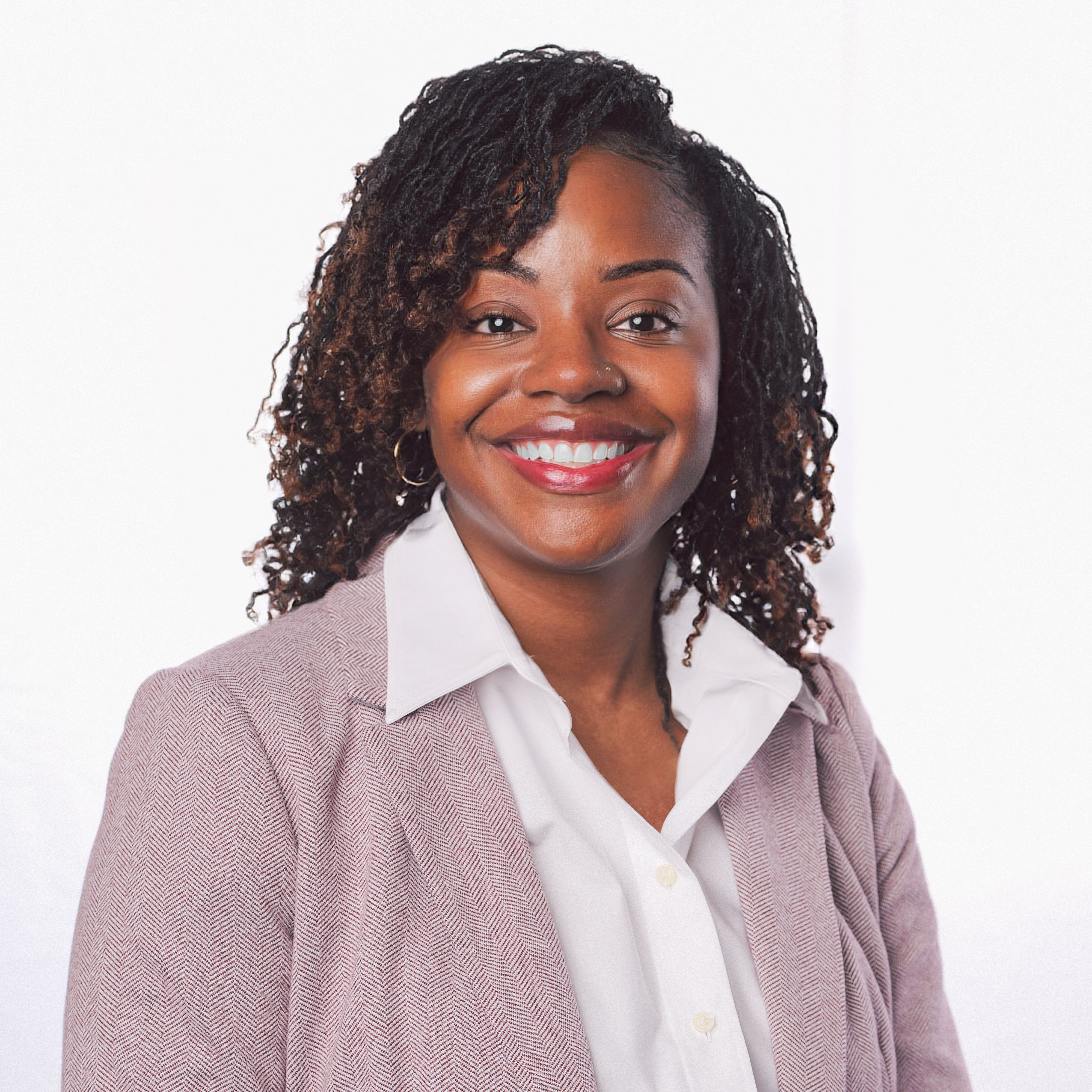


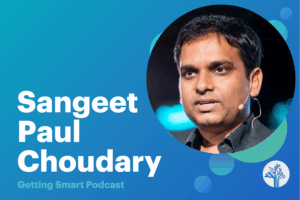
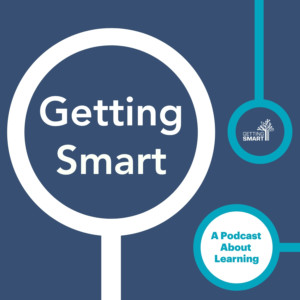

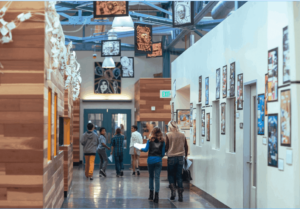
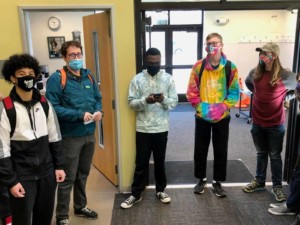
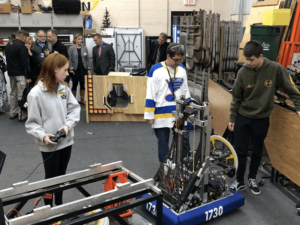
0 Comments
Leave a Comment
Your email address will not be published. All fields are required.